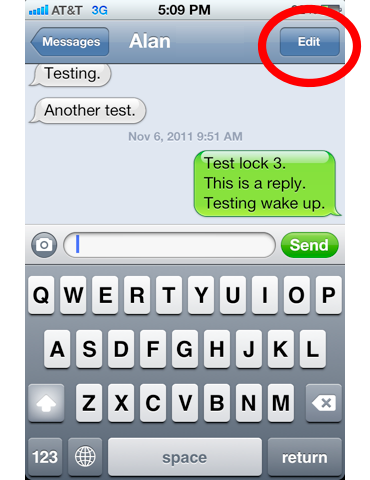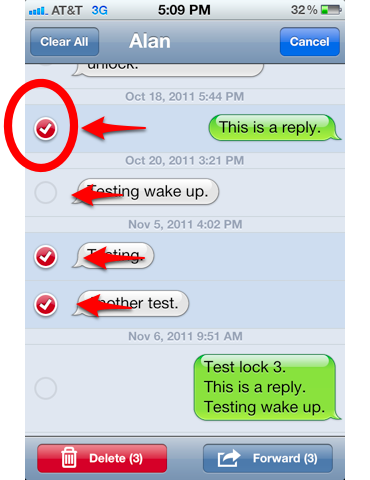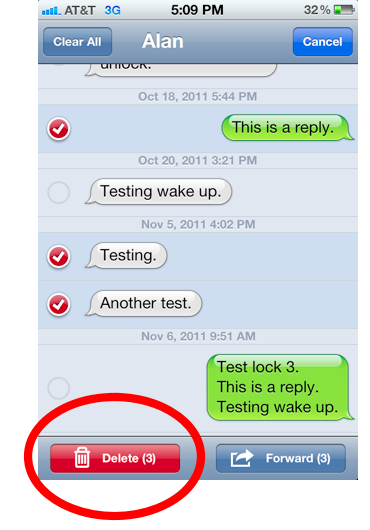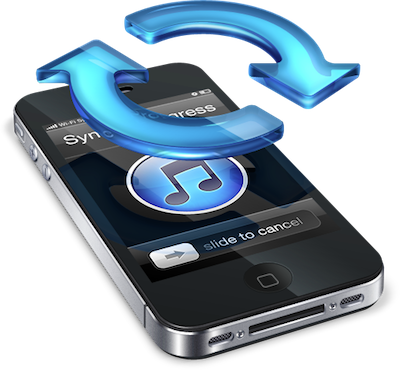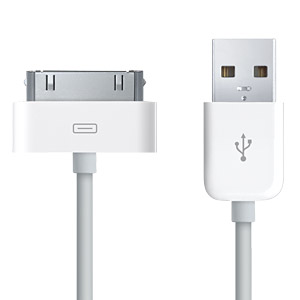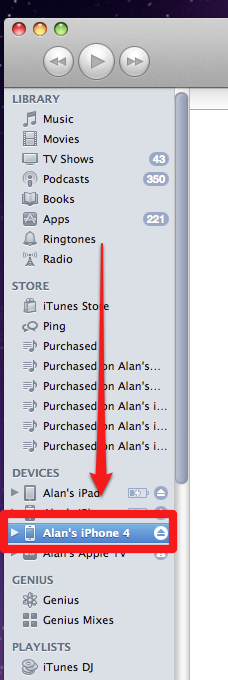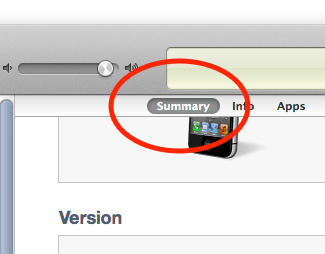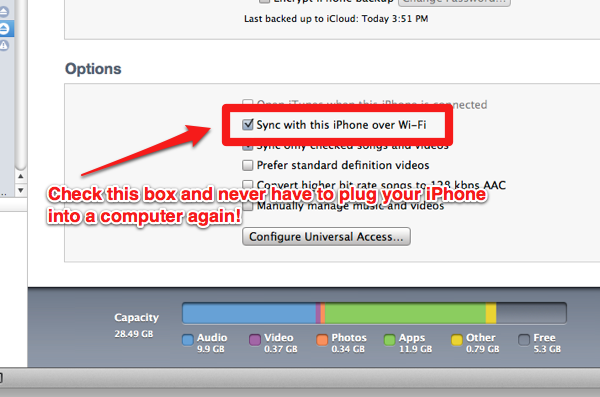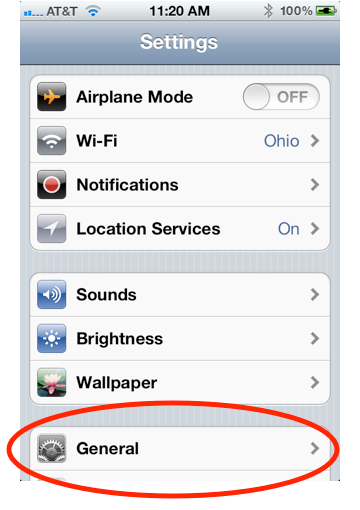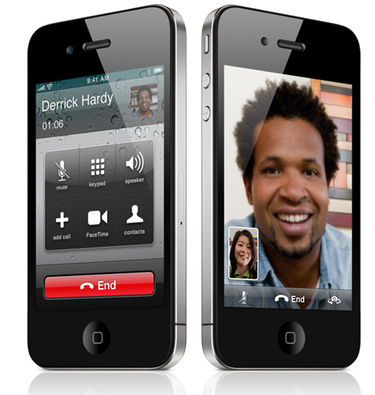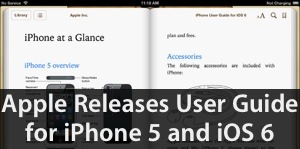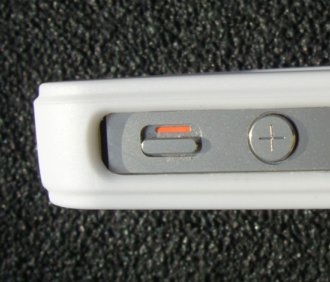
The iPhone’s ringer switch seems like it should be a simple thing. You move the iPhone’s ringer switch to the “mute” position, and all sound is muted, right? Wrong. Just ask the gentleman who infamously brought the New York Philharmonic to a standstill because his iPhone’s ringtone started playing even though he had the ringer switch set on mute. How could that happen? Because the ringer switch only mutes some sounds but not others. What exactly does the ringer switch mute and not mute? It’s complicated, but let’s start with what it doesn’t mute.
What the Ringer Switch Doesn’t Mute
- Alarms from the Clock app (example, setting an alarm to go off at 6 am).
- Timers from the Clock app (example, setting a 15-minute countdown timer).
- Audio from the iPhone’s Music app (example, playing the Beatle’s “Hey Jude”).
- Audio from the iPhone’s Video app (example, playing an episode of Lost).
- Some audio from third-party apps like streaming radio, video, and music (examples, playing a radio station via the TuneIn Radio app or a video in the YouTube app).
- Tones when tapped in the iPhone’s various settings (for example, when changing your ringtone or text-message alert tone) and in the Clock app (for example, when selecting what sound the iPhone will make when the timer runs down to zero).
- Tones when changing the volume of Ringer and Alerts in Settings–>Sounds
- A sound alert when sent from the Find My iPhone service.
Basically, Apple’s rationale for the ringer switch not muting these sounds is that if a user does something and expects the iPhone to make a sound, like tapping the play button for a song or setting an alarm to wake them up, the iPhone should make that sound regardless of the ringer switch’s position. Apple has this advice for developers in their developer guidelines:
The Ring/Silent (or Silent) switch does not silence sounds that result from user actions that are solely and explicitly intended to produce sound.
So what exactly does the ringer switch mute then? Basically, everything else.
What the Ringer Switch Does Mute:
- Phone-call ringtones
- Text-message alert tones
- Notification alert tones (from iPhone apps and third-party apps)
- Calendar alerts
- Reminders
- Camera sounds (snapping a photo)
- Game music
There’s been much debate about whether this is the best way for the ringer switch to behave. Some feel there is no perfect solution and that Apple has reached the right balance. Others feel that the ringer switch should simply mute all sound and the burden of error should fall on the user (eg, my alarm didn’t wake me up because I had my phone on mute…my bad!). I’m on the side that Apple has made the correct compromises.
Notes and Interesting Facts:
- By law, iPhones in Japan must make a sound when a picture is taken, even if the ringer switch is on mute. This is because men snapping photos up women’s skirts and down their shirts have become a big problem in Japan.
- The iPad’s switch is not called a “ringer” switch. Apple simply refers to it as the “side” switch. The iPad’s side switch can either mute alert sounds or function as an orientation lock, depending on what the user selects in the iPad’s settings.
- The iPhone has separate volume levels for ringtones and for general audio (music, videos, etc.). You can find and change the separate ringtone/alert volume in Settings–>Sounds
- Using the volume buttons, you cannot decrease the ringer volume to zero (0), it will only go to 1. To completely silence tones, you must use the ringer switch.
- The ringer switch does not effect sound through headphones. For example, even if the ringer switch was set to mute, you will still hear your phone ring through your headphones.

